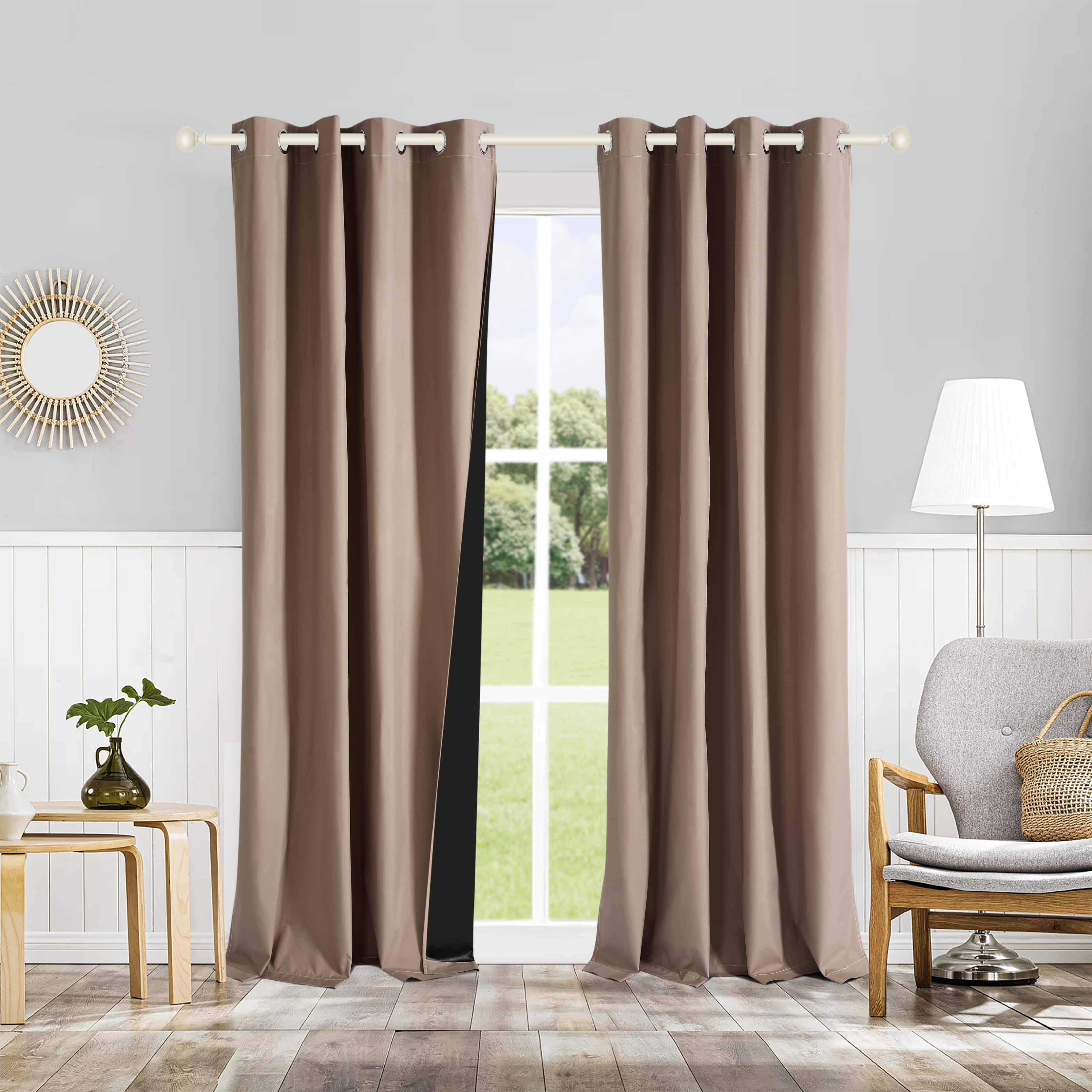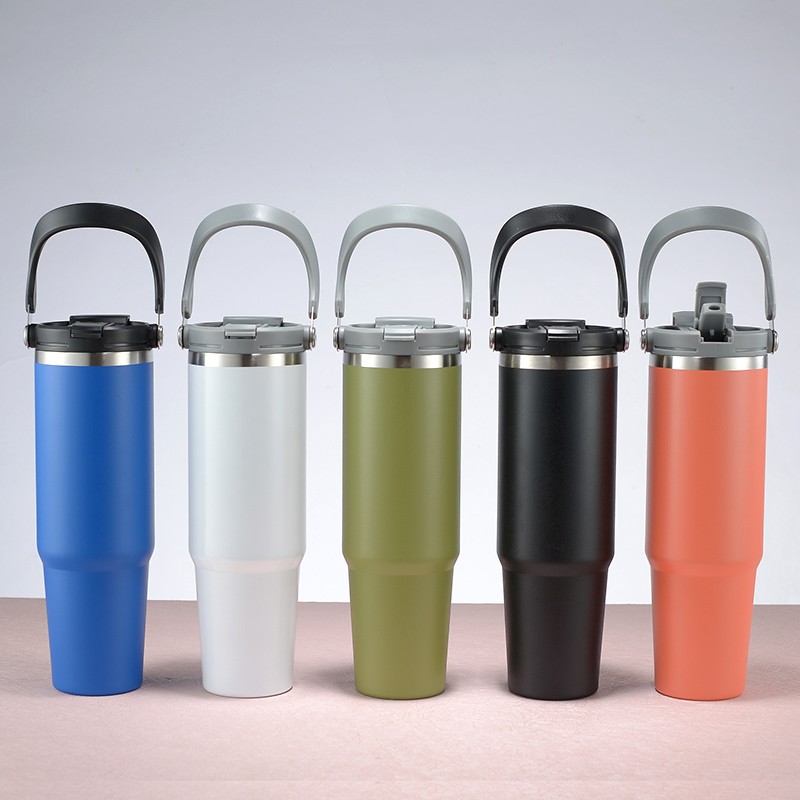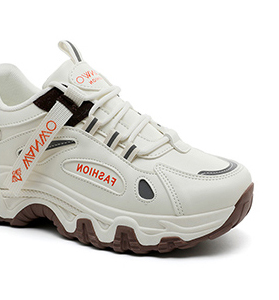What are the materials for blackout curtains?

In modern home decoration, curtains not only play the role of beautifying the room and creating an atmosphere, but also have multiple practical values such as shading, heat insulation, thermal insulation, and sound insulation. In particular, blackout curtains are the focus of many families because they are directly related to indoor light adjustment and privacy protection. When choosing blackout curtains, the choice of materials is undoubtedly a crucial factor. Different materials not only affect the appearance and feel of the curtains, but also their shading effect, durability, and whether they are easy to clean and maintain.
First, let's talk about the main functions of blackout curtains. As the name suggests, the main function of blackout curtains is to block external light from entering the room, thereby providing users with a more comfortable sleeping or living environment. This type of curtain can effectively prevent ultraviolet rays from damaging furniture and floors. At the same time, it has the function of heat insulation to a certain extent, reduces the energy consumption of heating and cooling, and filters urban noise to a certain extent to ensure the privacy of residents.
Next, we will discuss in detail several common blackout curtain materials, as well as their characteristics and applicable environments.
1. Cotton and linen blackout curtains
Curtains made of cotton and linen present a natural and simple style, with good air permeability and moisture absorption, suitable for creating a warm family environment. However, ordinary cotton and linen curtains have weak light-blocking properties. If you need a better light-blocking effect, you can choose cotton and linen materials with light-blocking lining fabrics. This combination retains the natural beauty of cotton and linen while achieving the purpose of light-blocking through the lining fabric.

2. Polyester fiber blackout curtains
Polyester fiber is a common synthetic fiber material with excellent elasticity, wrinkle resistance, wear resistance, and relatively affordable prices. Blackout curtains made of polyester fiber usually achieve light-blocking effects through weaving density or adding black light-blocking fibers to the fabric. Curtains made of this material are durable and easy to clean but have relatively poor air permeability.
3. Velvet blackout curtains
Velvet material gives people a luxurious and heavy feeling, and its light-blocking performance is almost innate, especially suitable for occasions that require a high-end feel and strong light-blocking properties. Velvet curtains have good thermal insulation properties and are suitable for winter use. However, velvet materials are easy to absorb dust, are difficult to clean, and are relatively expensive.
4. Gauze blackout curtains
Gauze materials are light and breathable, creating a soft and hazy light effect. Although the shading performance of a single gauze curtain is not strong, it can be spliced with other materials such as blackout cloth to retain the elegant beauty of the gauze and meet the shading requirements. Suitable for use in living rooms or study rooms to create a relaxed and pleasant atmosphere.
5. Artificial fiber curtains
Artificial fiber curtains are an economical choice. Artificial fiber curtains are usually made of materials such as polyester fiber and nylon fiber and have good shading effects and durability. In addition, artificial fiber curtains also have dust-proof, anti-static, and other functions, and are easy to clean and maintain. However, the air permeability and moisture absorption of artificial fiber curtains are relatively poor, which may affect the comfort of the room. Therefore, if you have high requirements for the price and shading effect of curtains, artificial fiber curtains are a good choice.
6. Natural fiber and synthetic fiber blended blackout curtains
In order to take into account the shading performance and the breathability of natural materials, blackout curtains that blend natural fibers such as cotton and linen with synthetic materials such as polyester fibers have also appeared on the market. This kind of curtain has the advantages of both, that is, it has a certain air permeability and natural feeling, and enhances the shading and durability.
When choosing blackout curtain materials, consumers also need to consider factors such as the place of use, personal preferences, decoration style, and budget. For example, blackout curtains in bedrooms should pay more attention to blackout performance and thermal insulation performance; living rooms and study rooms can consider lighter and more transparent materials to create different atmospheres; children's rooms need to use safe, harmless, and easy-to-clean materials.
Finally, the maintenance of blackout curtains is also an important part that cannot be ignored. Curtains made of different materials have different cleaning and maintenance methods. Curtains made of synthetic fiber materials can generally be machine washed directly, while materials such as velvet cotton and linen need to be hand washed or dry cleaned to maintain their shape and texture. Regular cleaning and maintenance can not only extend the service life of blackout curtains but also ensure that their blackout effect is not affected.
In summary, the material selection of blackout curtains is a comprehensive consideration process, involving many aspects such as blackout performance, aesthetics, durability, breathability and budget. Through correct selection and use, blackout curtains can not only effectively improve living comfort, but also become a beautiful landscape in home decoration.
Jessie
jessie@well-homefashion.com


